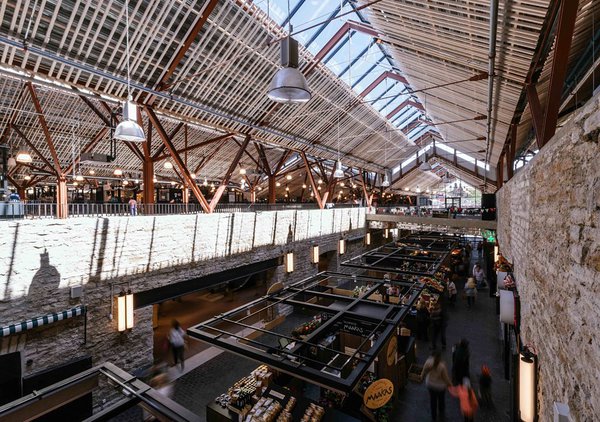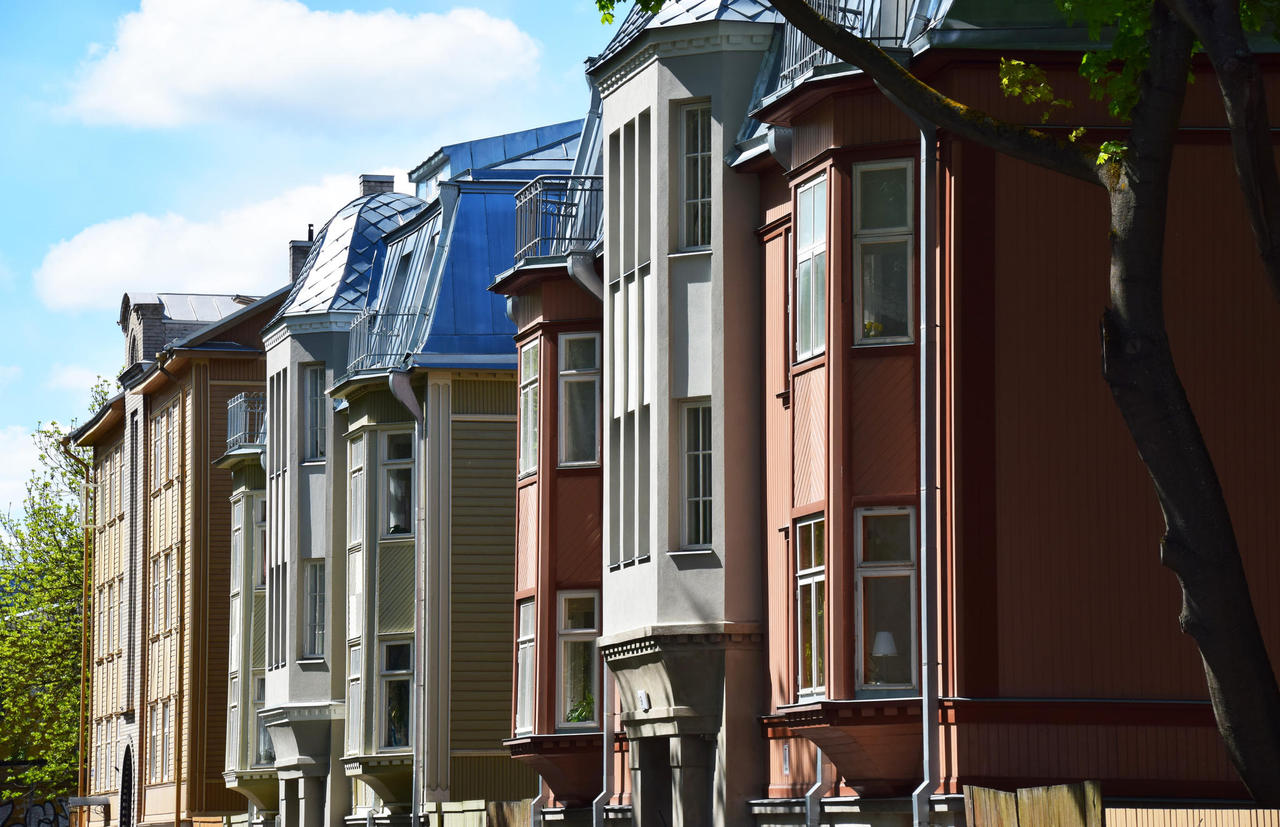
The tour includes
- a professional and friendly guide
- a tour through Kalamaja via Telliskivi Creative City, Balti Jaam Market and the Noblessner area
Tour expenses and duration
Tour duration: 1.5 hours
Tour
price in euros: €65
Booking
Please be sure to specify the date and time you would like the tour to take place.
Off the Beaten Path
Why visit Kalamaja?
Kalamaja
Telliskivi
Telliskivi 'Creative City' is where the new breath of life was blown into Kalamaja and the surrounding area. In the early 21st century, Telliskivi was changed from an industrial quarter to hub for creative and inspired companies. Entrepreneurs and creators congregate here from across the world to start their businesses in Estonia.
Balti Jaam Market
Built into an old train repair station, the market here is both fun and colourful. In addition to produce being on sale, you can find food from Asian to Italian, Usbeki to Ukrainian (and of course Estonian) on offer. The upper floor offers antique shops, flea markets, souvenirs and crafts shops.
Noblessner and the Seaplane Hangars
As an old military establishment, these areas have gone through immense change in the last few years. Functioning as a base for naval vessels and seaplanes alike, Noblessner was also home to a submarine factory already during the time of the Russian Empire. Now museums, cafes and apartments can be found within these old structures and people can finally freely walk along the prominad.
Back to Tours
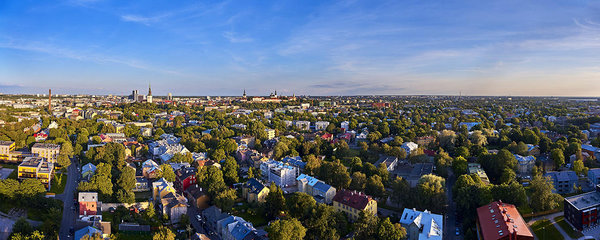
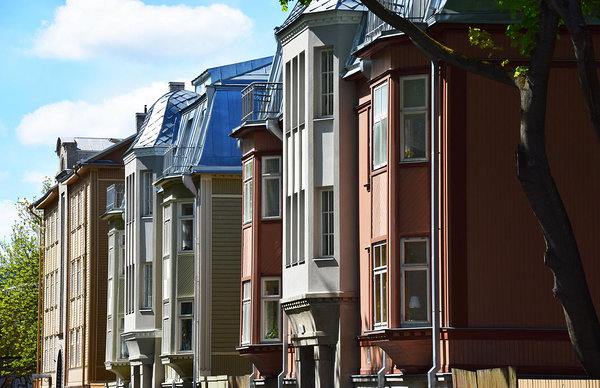

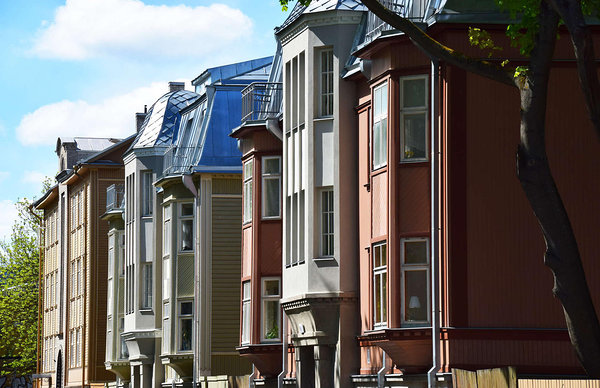
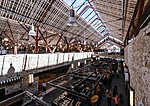

%20-%20All%20You%20Need%20to%20Know%20BEFORE%20You%20Go%20-%20Updated%202019%20(Tallinn%2C%20Estoni%5B...%5D(1)-1_medium.png)
%20-%20All%20You%20Need%20to%20Know%20BEFORE%20You%20Go%20-%20Updated%202019%20(Tallinn%2C%20Estoni%5B...%5D_medium.jpg)
%20-%20All%20You%20Need%20to%20Know%20BEFORE%20You%20Go%20-%20Updated%202019%20(Tallinn%2C%20Estoni%5B...%5D(2)-1_medium.png)
%20-%20All%20You%20Need%20to%20Know%20BEFORE%20You%20Go%20-%20Updated%202019%20(Tallinn%2C%20Estoni%5B...%5D-1_medium.png)
%20-%20All%20You%20Need%20to%20Know%20BEFORE%20You%20Go%20-%20Updated%202019%20(Tallinn%2C%20Estoni%5B...%5D(2).png)
